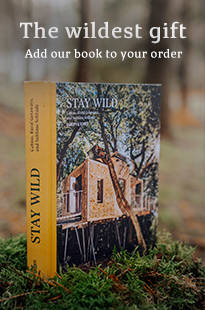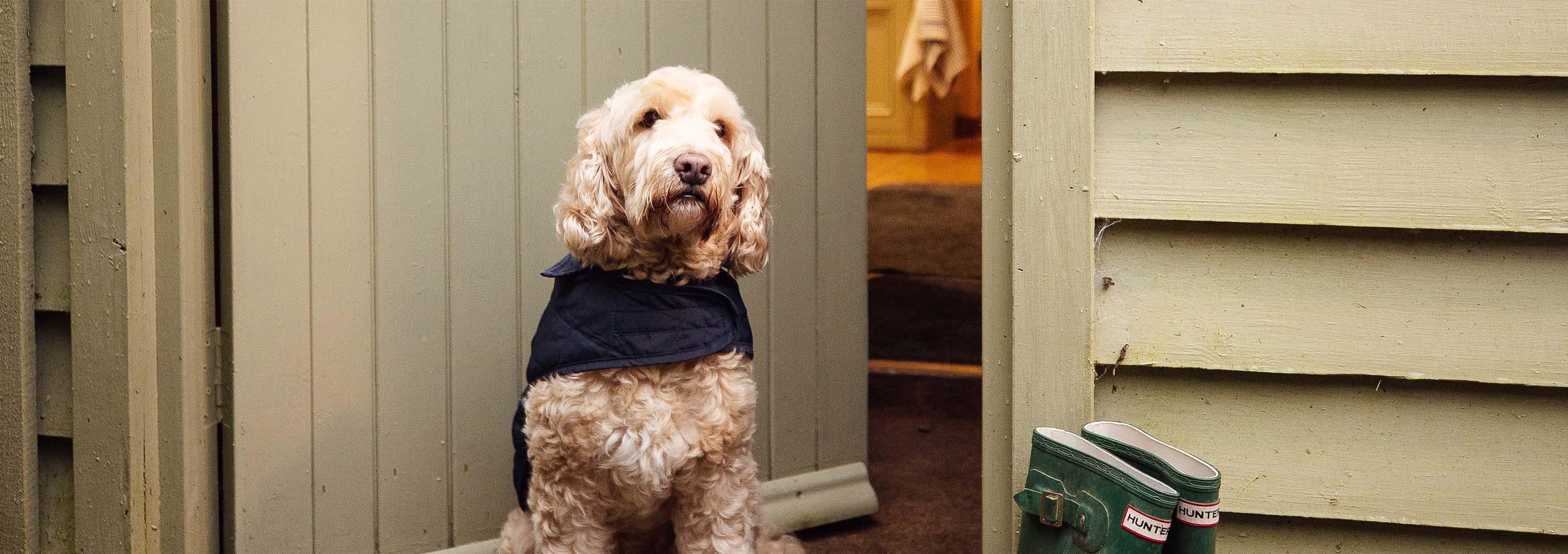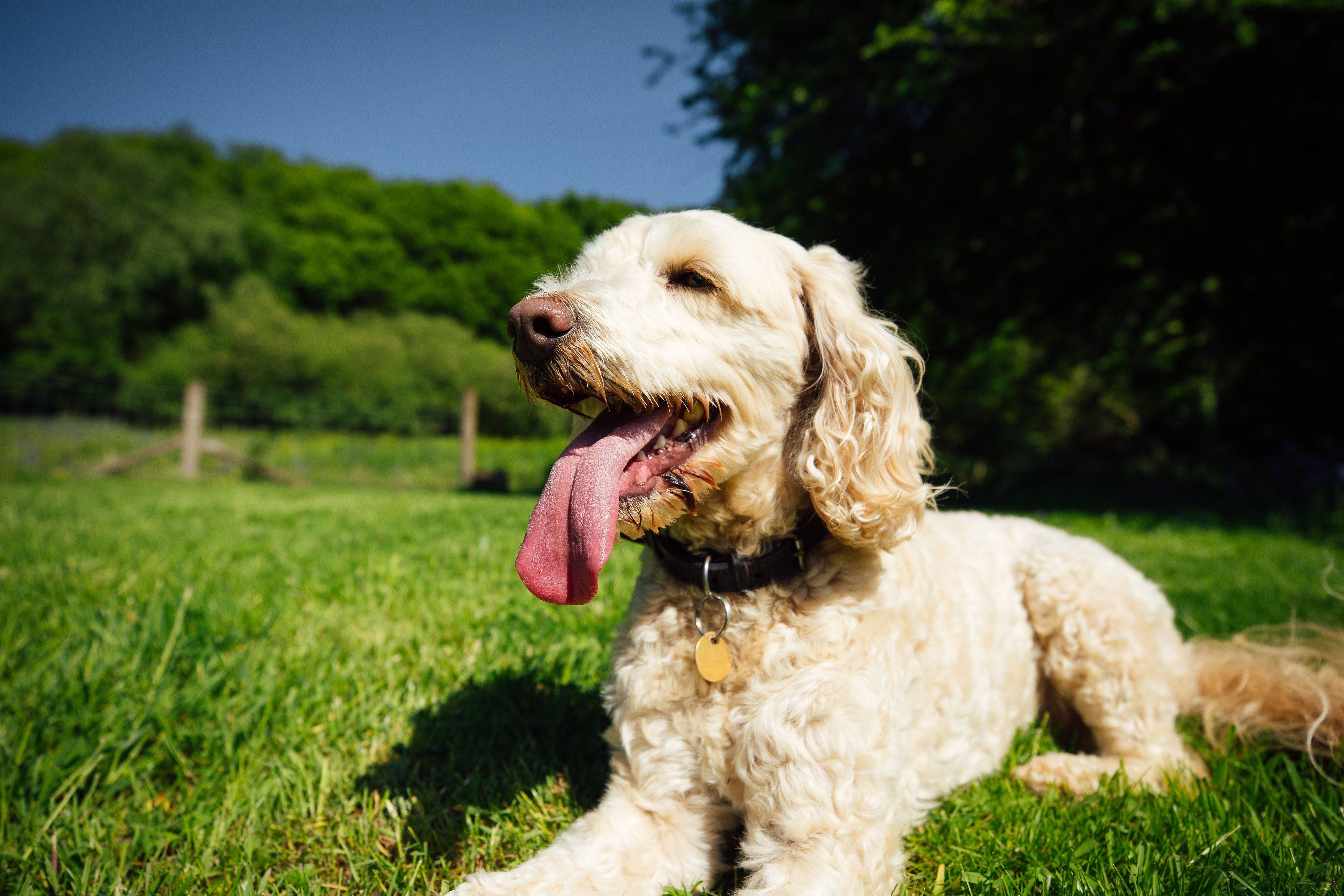- Location
- Glamping
Special occasions
- Stories
- Gift Cards
- About us
About Canopy & Stars
More from Canopy & Stars
More at Sawday's
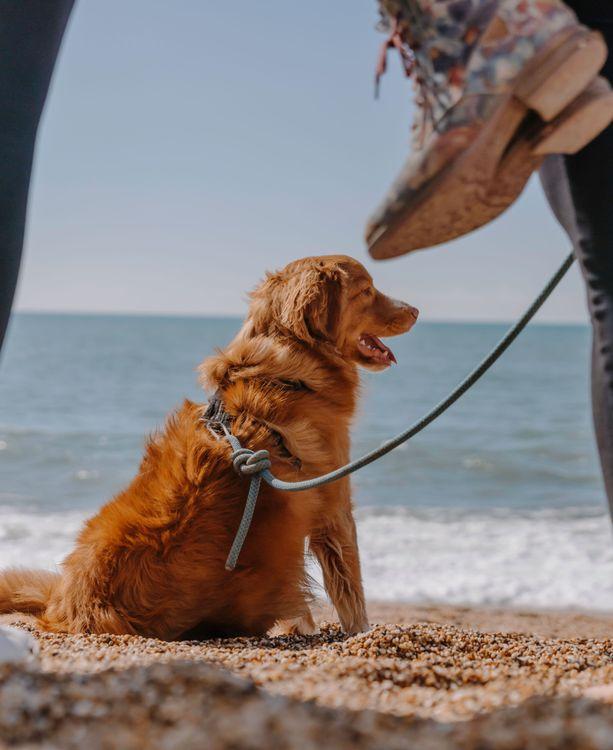
Tips for a glamping break with your dog
Sure, you’ve headed out on holiday with your dog(s) before without much planning, throwing caution to the wind. More often than not, you’ll have come up against something, whether it’s something you forgot to bring, something you didn’t realise you’d need to factor in, or some surprise issue you didn’t think of. They say never work with children or animals, and there’s good reason for that. Both are unpredictable, require pee stops at random intervals even though you just asked, and neither are much use in making dinner. In a vain attempt to make the unpredictable more predictable, here’s our tips for a glamping break with your dog(s).
Location
It might seem obvious, but there are factors that need considering before you go. The first of which is what dog-friendly space is right for your dog(s). If you’ve a small dog, then you need worry less, they’ll fit in the nooks and crannies, under the stairs or by the bed – but if you have a larger dog, or multiple dogs, you’ll need to factor in where they’re going to sleep and if you’ll have enough space to cook without tripping on paws.
The next thing to factor in is immediate garden space. If your good boy or good girl is younger, or older, they might have a more temperamental bladder that requires frequent trips outside: does the space have an enclosed garden you can let them out in, untethered? Do they have a dog-walking field? If they’re an energetic dog that requires tiring out before dinner or bed? If so, a convenient route nearby that you can walk at all hours and light conditions is worth considering.
The next and last consideration for location is what activities your dog enjoys. Are they a salty sea dog – will they want to join you on stand up paddleboarding or canoeing? Are they an adventure-hound who’ll be hiking with you? Or are you and your dog relaxation hedonists, lying out on the deck in the sun, or strolling quietly and calmly around market towns and harbours?
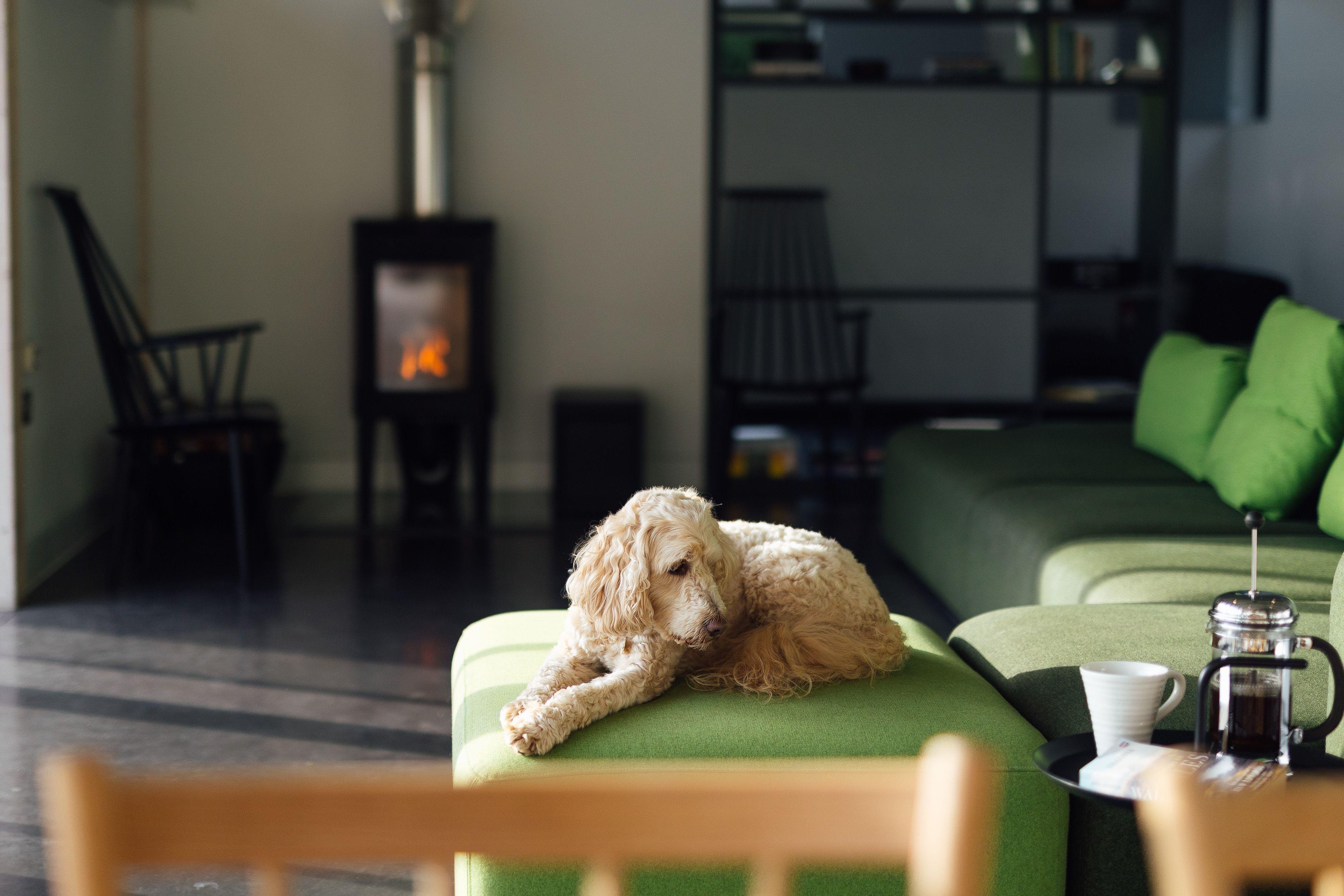
Activities
This brings us neatly onto activities – in an ideal world, we’d be able to turn up on the day, to wherever, with whomever (namely, a dog) and partake in the fun. But realistically, planning is always a better idea than blind hope. If you’re wanting to take part in an activity, call ahead, check and see if the dog can be accommodated – a surprising amount of canoeing, kayaking and paddleboard companies will accommodate dogs (as long as the hound in question doesn’t mind the water, and plays nicely with others). When it comes to hiking, they only thing you’ll have to consider is the equipment required to do so, and whether you’ve packed enough to keep them comfy out on the moors, mountains or microclimates you’ve chosen.
If you’re trying to find things to do just for the dog – that’s always worth researching. There are lots of dog-focused activities, like an enclosed walking field – where you can let the dog off into a play area with tall fences keeping them safe and secure. You can also arrange for your dog to get a canine massage – the benefits of which are pretty much the same as they are for humans. If your four-legged friend’s in need of a manicure, there are also places to do that all over the UK – and it can be a great option to do if you need to leave the dog somewhere for a moment whilst you attend something not dog-friendly.
Whilst some things you can do with your dog require planning, many do not. Remember, plenty of free things are just a quick google away. Check for dog-friendly beaches, hikes, streams and lakes to wild swim in or long circular walks through woodlands.
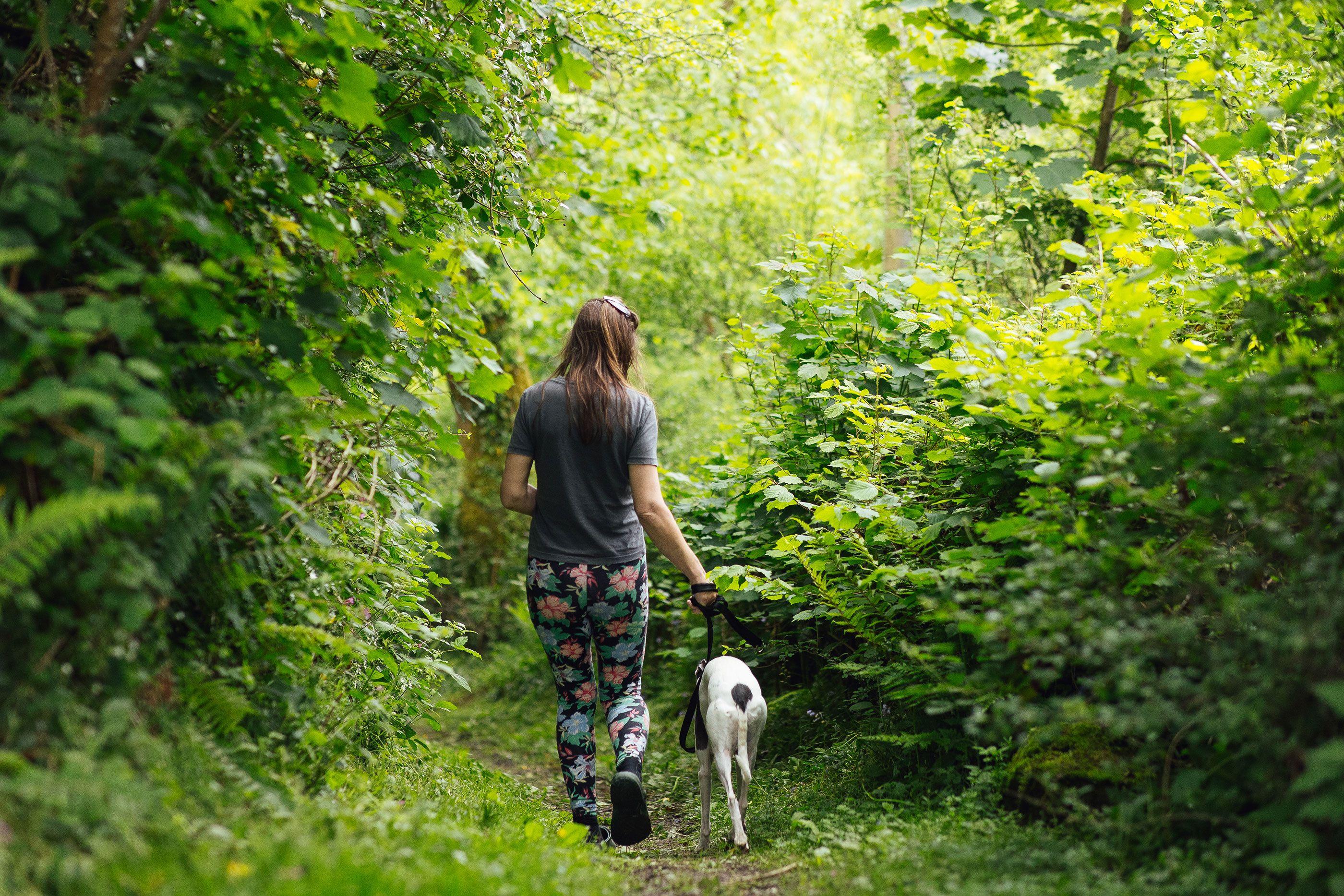
Kit & Provisions
We’ve already covered this in our other article about what to pack. But it’s always worth a quick note. If you’re headed out to a space, remember your dog will need almost everything you need for a good time. Food, water, toys and something to remind them of home. If you’re going out on day trips – they’ll need a rucksack of items, and if it’s a long drive either to the space, or to a nearby location – they might well need stuff for the journey, like food or water bowls.
Emergencies & Vets
No one likes thinking about the worst that could happen – but having something and not needing it is always better than needing something and not having it. If you google the local area in advance, you can always find out where the nearest vet is in case of issues, or the nearest veterinary hospital.
It’s also worth thinking about what might crop up, if your dog has any regular medications, then ensuring those get packed, as well as potentially having extra in case of unforeseen issues. Some people also carry dog first aid kits, which can range from professional kits that mimic human first aid kits (they’re pretty similar, but have some specialised items) or a more informal kit that covers little issues like sore paws, or something as simple as a tick remover.



